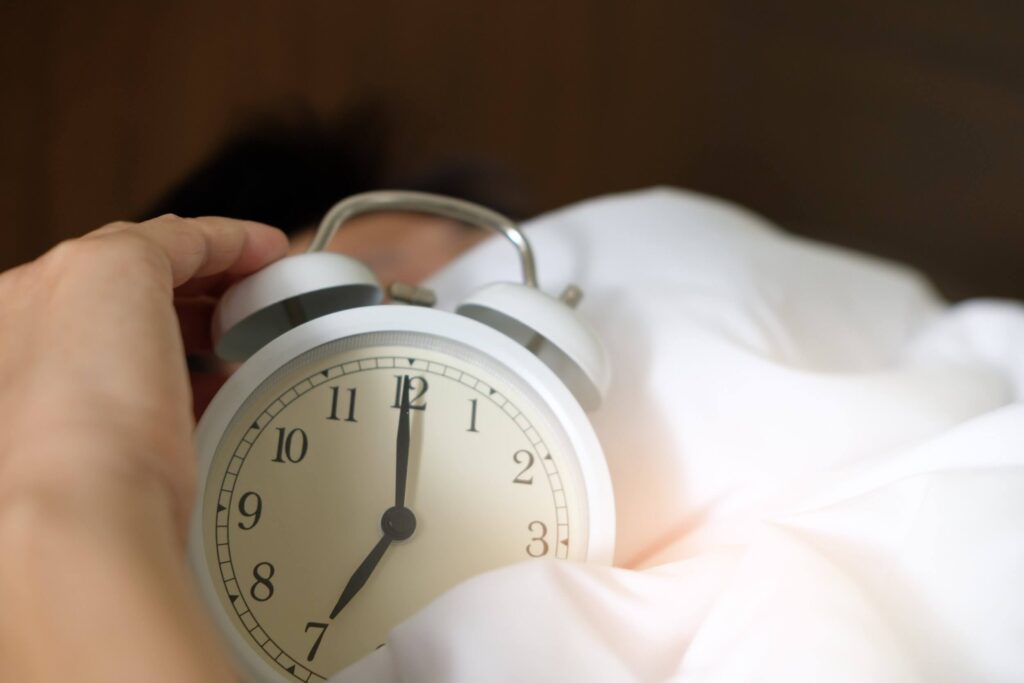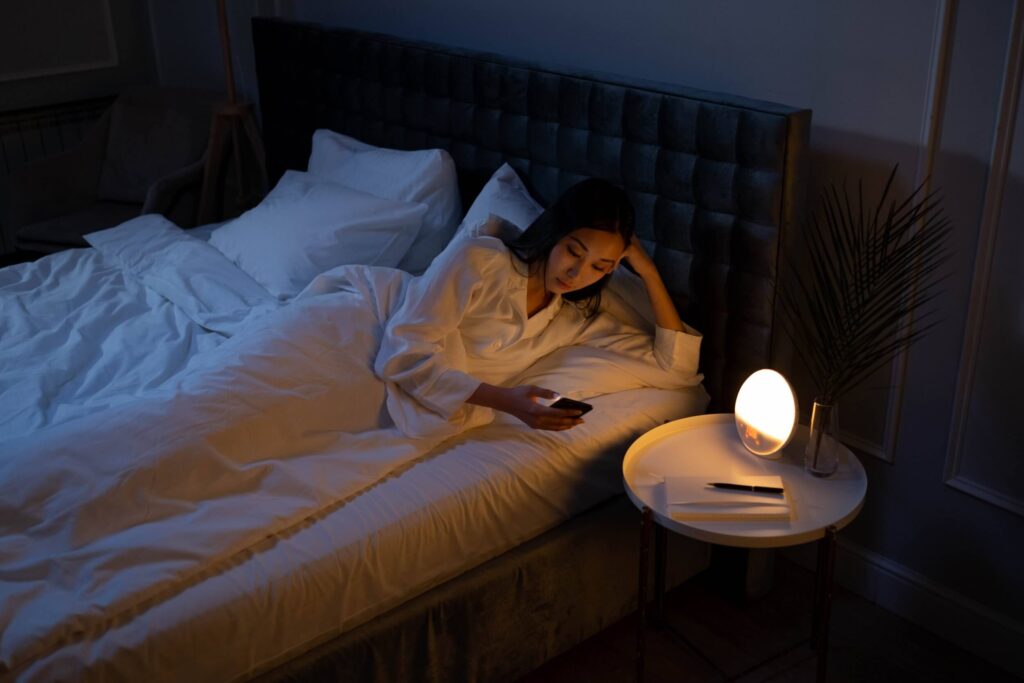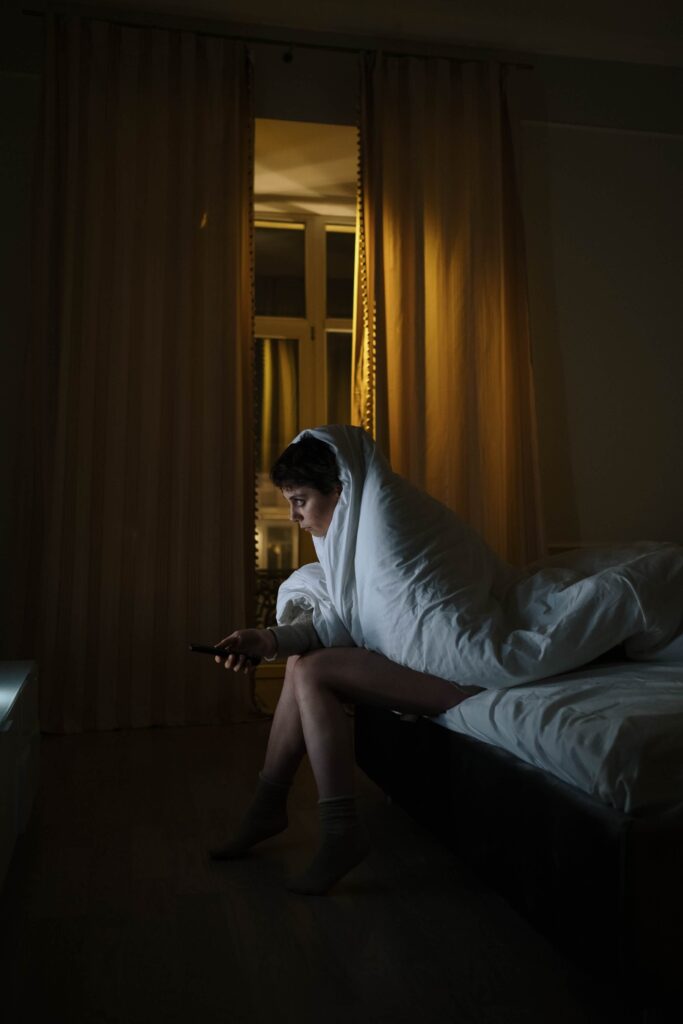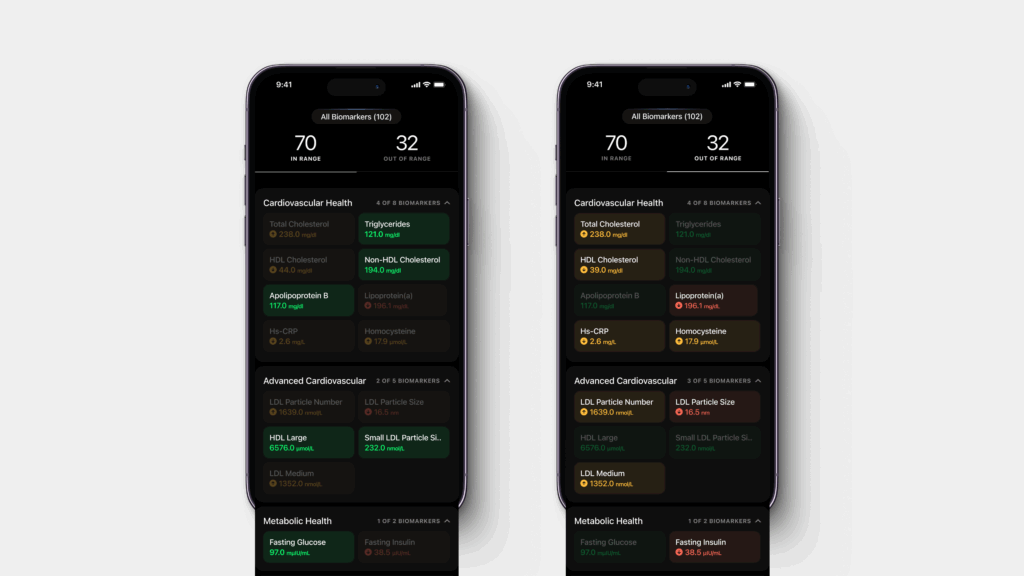If asked whether you are a night owl or an early bird, you’re likely to answer based on when you fall asleep, when you wake up and when you are most productive.
This natural disposition is powered by a configuration buried within your DNA which can define when you perform at your fullest. This is your chronotype, the impression time leaves upon your day-to-day routine.
Read next: What is circadian rhythm?

Highlights
- If asked whether you are a night owl or an early bird, you’re likely to answer based on when you fall asleep, when you wake up, and when you are most productive, better known as your ‘chronotype’,
- Your chronotype is formed as a result of genetics, hormones, health, geography, culture, amount of sleep, and even seasonal changes,
- An awareness of what your chronotype is and what it can represent allows you to gain a more in-depth understanding of how you can improve your sleeping patterns—and by extension, your general quality of life.
What is chronotype?
Some people tend to be at their best later in the day and don’t perform well in the morning even if they try to rise early. Others find their peak in the early hours of the day but might feel sluggish by the evening.
The standard perception of chronotypes is divided into two—eveningness and morningness. However, it is more accurate to perceive a chronotype as existing as a spectrum, or a range of types.
Certain people don’t perfectly belong in either of the categories or associate morningness with some aspects of or activities during their day and eveningness in others.
Types of chronotypes
Researchers and scientists have developed questionnaires such as Horne-Ostberg’s Morning-Eveningness Questionnaire (MEQ) and the Munich ChronoType Questionnaire (MCTQ) to help understand the chronotype of a person.
These questionnaires have their own specific features that differentiate one from the other—for instance, the MEQ incorporates elements such as exercise and meals, while the MCTQ is more focused on sleep behaviour.
Dr. Michael Breus, author of the book ‘The Power of When’, created an online chronotype quiz that divides people into four animal categories:
- The lion is most productive in the morning and evening activities can be a struggle.
- The bear, an intermediate chronotype into which the majority of all people fall, follows the sun and does well during traditional work hours.
- The wolf is the quintessential night owl, doing its best by sleeping till noon and hitting its stride in the afternoon.
- The dolphin, like the aquatic mammal, stays alert even when sleeping, sleeps restlessly, and is at its best in the first half of the day.
Factors that shape your chronotype
Age, genetics and even the place you call home are some of the many elements that influence your chronotype. While children typically have early chronotypes, the chronotype usually begins to shift during teenage years before reverting to early hours at about 20—sometimes even earlier—as age progresses.
Studies have also shown that women tend to have their chronotypes set earlier in their day than men, although this is bridged with age as they become less morning oriented.
Speculations exist about how the difference might exist as a result of chores and careers, which tend to diverge for men and women. However, there are no definite conclusions.
Other factors which can shape your chronotype include:
Genetics
Recent studies have begun linking a genetic aspect to how our chronotype is wired. Research indicates that chronotype variations began as far back as hunter-gatherers, when members within a community needed to have different sleeping patterns to ensure security and, therefore, survival.
The Per3 gene, found in the suprachiasmatic nucleus which resides in the hypothalamus and acts as the pacemaker for the body’s sleep cycle by responding to light or dark, is often called the “clock gene” because of its significant influence on chronotype.
Research has found that morningness can be attributed to longer alleles—one of two or more versions of a gene—of the Per3 gene, while eveningness is associated with the shorter allele.
Hormonal changes
The onset of puberty in teenagers also manifests a change in chronotype—it gets pushed later in the day, often leading to the myth of the “lazy teenager”.
Hormonal changes caused by pregnancy can also affect chronotype in women, shifting them to a chronotype earlier in the day for the first two trimesters before reinstating it to what it was before pregnancy in the third.
The decrease of estrogen around the age of 45 is also cited as a reason for the shift of the chronotype to earlier in the day for women and manifests itself in men as well due to a decrease in testosterone levels.
Heart health
Researchindicates that strokes can affect chronotype for as long as three months after it takes place: this is influenced both by the area of the brain affected and the severity of the stroke. Strokes have also shown themselves to disturb the circadian rhythm by affecting melatonin secretion, thereby warping the sleep-wake cycle.
Geography
Research shows that places closer to the equator tend to have people more attuned to morningness, while people in locations further away from the equator, at higher latitude,s or with longer days and later sunsets had schedules that leaned towards eveningness.
Seasonal changes
The sun influences chronotypes, especially as you move away from the equator and the duration and intensity of sunlight begin to vary with the season.
People adapt their chronotypes to take the best advantage of daylight—they sleep less and wake up early in spring as compared to winter, while longer, hotter days of summer lend themselves to late bedtimes and waketimes.

Difference between chronotype and circadian rhythm
Circadian rhythm, the internal cycle which controls the release of melatonin and the sleep cycle, holds a close link to chronotypes. The key difference exists in the permanence of these two systems—chronotypes are inherently built, while circadian rhythm is more malleable and can be ‘trained’.
This is why people who are more productive in the evenings can wake up earlier than usual but still struggle with their work in the morning hours. Moreover, chronotype, unlike circadian rhythm, does not affect how long one sleeps.
Importance of chronotype
An awareness of what your chronotype is and what it can represent allows you to gain a more in-depth understanding of how you can improve your sleeping patterns—and by extension, your general quality of life.
You probably have an idea of which category discussed above you might fit into, but a deeper look into them can provide useful insight into your health, quality of life, and even personality.
Evidence shows that people who sway towards morningness tend to be agreeable and conscientious, while eveningness is more likely to result in openness and neuroticism.
Studies have also linked eveningness, especially in young people and women, to unhealthy habits, risks for metabolic health, anger, anxiety, impulsiveness, risk-taking behaviour, and a deleterious impact on performance and mood.
According to a study, morning people fared better academically, perhaps because eveningness chronotypes are more sleep-deprived, although the difference persisted even after the time of the classes and exams were held was taken into account.
Conversely, eveningness is associated across genders with a knack for creative thinking and the ability to apply divergent strategies.
Eveningness also results in less physical activity and reduced sleep, both of which can lead to less than ideal lifestyle habits, an increased heart rate, and increased stress response, which in turn are factors involved in sleep apnea and metabolic syndrome.
How to change your chronotype?
Certain people, especially those who are more of the night owl variety, might often try to rewire themselves to become morning people to better fit societal demands and the schedule of a job or school.
This can often result in extended bouts of exhaustion and the inability to participate fully at work or socially, a condition known as social jetlag.
Luckily, gradually editing your chronotype is a method that does have some backing to it, largely dependent on sleep-wake cycles, hormones, and even sunlight. Some ways to modify your chronotype are:
- Gradually change your bedtime to earlier at night, 20 minutes at a time.
- Use lighting to send signals to your circadian rhythm—warm-light colours can help quicken the release of melatonin, the hormone which induces sleep.
- Develop calming routines which make going to bed a comfortable process, such as meditating, reading books, or listening to mellow music.
- Exercise has been proven by research to help alter chronotype, especially when customised to your chronotype—night owls benefit from exercising either in the morning or evening, but morning larks are at risk of circadian misalignment if they exercise late in the day.
- Change your dietary habits to avoid night eating, skipping breakfast, binge eating, and more, all associated with eveningness.
What is energetic asynchrony?
There remains, however, a silver lining for those struggling to adapt to their chronotype. Some workplaces have recognised the need for chronotype diversity in teams.
They began subscribing to the concept of energetic asynchrony, which aims to align different chronotypes in the workplace with one another.
This ensured that the strengths of both morning types and evening types find a place in the organisation. With the rise of virtual meetings and flexible scheduling, energetic asynchrony has become easier to carry out and is likely to benefit many if it becomes commonplace.
Conclusion
Your in-built chronotype can have a powerful influence on your performance at school and at work, on your health, and even socially.
This is defined by where you fall between the two poles of morningness and eveningness. Your chronotype is formed as a result of genetics, hormones, health, geography, culture, amount of sleep, and even seasonal changes.
It’s critical to understand how chronotype matters, especially if one is challenged due to their sleep cycle, and until more workplaces subscribe to energetic asynchrony.
While your circadian rhythm can be changed far more easily, altering your chronotype requires more consistent care, which is deeply rooted in the body’s operations.
New sleep patterns, diet, and exercise can all help in changing chronotypes, especially if you keep an eye on the positive effects and stay constant in your efforts.
Disclaimer: The contents of this article are for general information and educational purposes only. It neither provides any medical advice nor intends to substitute professional medical opinion on the treatment, diagnosis, prevention or alleviation of any disease, disorder or disability. Always consult with your doctor or qualified healthcare professional about your health condition and/or concerns and before undertaking a new health care regimen including making any dietary or lifestyle changes.
References
- Chronotype, Sleep Behavior, and the Big Five Personality Factors – Christoph Randler, Michael Schredl, Anja S. Göritz, 2017
- Chronotype, gender and general health
- Chronotype, class times, and academic achievement of university students
- Circadian rhythm phase shifts caused by timed exercise vary with chronotype – PMC
- Chronotype Diversity in Teams: Toward a Theory of Team Energetic Asynchrony | Academy of Management Review







